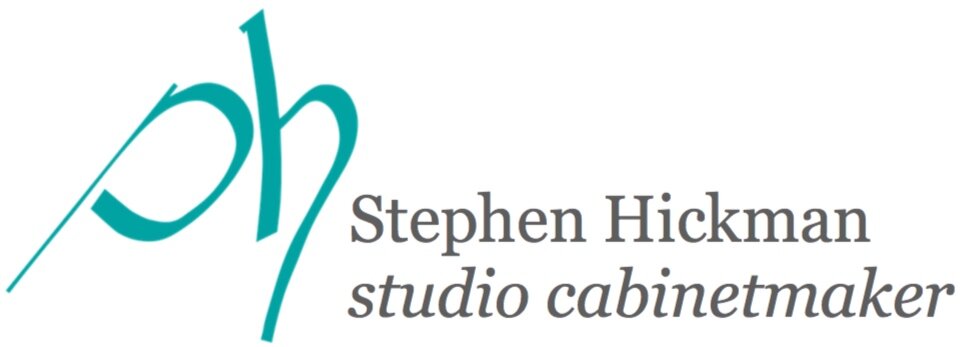Jack of all planes
Saturday 2nd December 2023
Dear friends
After the lofty heights of alchemy is last week’s newsletter, let’s ground ourselves again and get back to the toolkit.
A few weeks ago, I wrote about the Essential Toolkit. The philosophy that you do not need every tool in the toolmaker’s arsenal, and that just a few well-chosen tools around you will serve the majority of your making needs. If you missed the newsletter or want to go and re-read it, I will leave a link to it here.
Only The Essentials - Newsletter
But what is in this toolkit? What are those essential tools that we all need? Well, I thought it was worth another introductory article. I will change the sign-up page for future subscribers, but I have written this as Introductory Article No. 4 and added it to the Writings section of the website. If you are interested, the link is here:
Introductory Article No. 4 - The Essential Toolkit
One Essential Plane
If you have any inclination to work wood, then a couple of minutes experiencing a well-set-up plane will draw you fully in. You’ll be completely sunk.
There is a reason that woodworkers obsess over their planes.
A plane/ thicknesser machine can do many good and useful things, including taking wood to near-final dimension very accurately. But what it can’t do is tell you anything about the wood you are working with. How does a ring-porous wood like oak behave differently to a diffuse-porous wood like maple. What about something softer lie pine, or something much harder, like many of the exotic species.
Work a piece of wood with a hand plane and you really get to know that piece of wood - what it can do, what it feels like, what it is capable of.
Set up your plane well, and you’ll also experience something almost magical,
“It’s polished… almost like glass!” is the reaction that novice makers get when they first surface a board with a well-set up bench plane.
Discoveries like this are what drew us towards working with wood in the first place, and never seem to get old..
Now, a highly polished surface is not the only cut that a bench plane can take. It can take a heavier-but-narrower cut when acting as a ‘jointer’, that is, to flatten boards. It can also take an extremely heavy cut when working across the grain to remove stock.
Conventional wisdom would suggest that you have a few different planes set up and kept for different jobs, and that is of course what most experienced woodworkers have. But when you are just starting out, it is SO useful to start with just one plane, and learn to adjust it to perform different functions as and when you need to.
This way:
You get to know the tool.
You get to know how to set it up to take a specific cut
You get to know that, if the cut suddenly starts to “go wrong”, then you have the knowledge, skills and expertise to correct it.
The No. 5 is the perfect ‘Jack’ plane that can be set up for any role, so it’s always the one that I would suggest as a first plane.
One essential plane.
A Jack of all planes.
Until next time
Stay sharp friends
~sh
